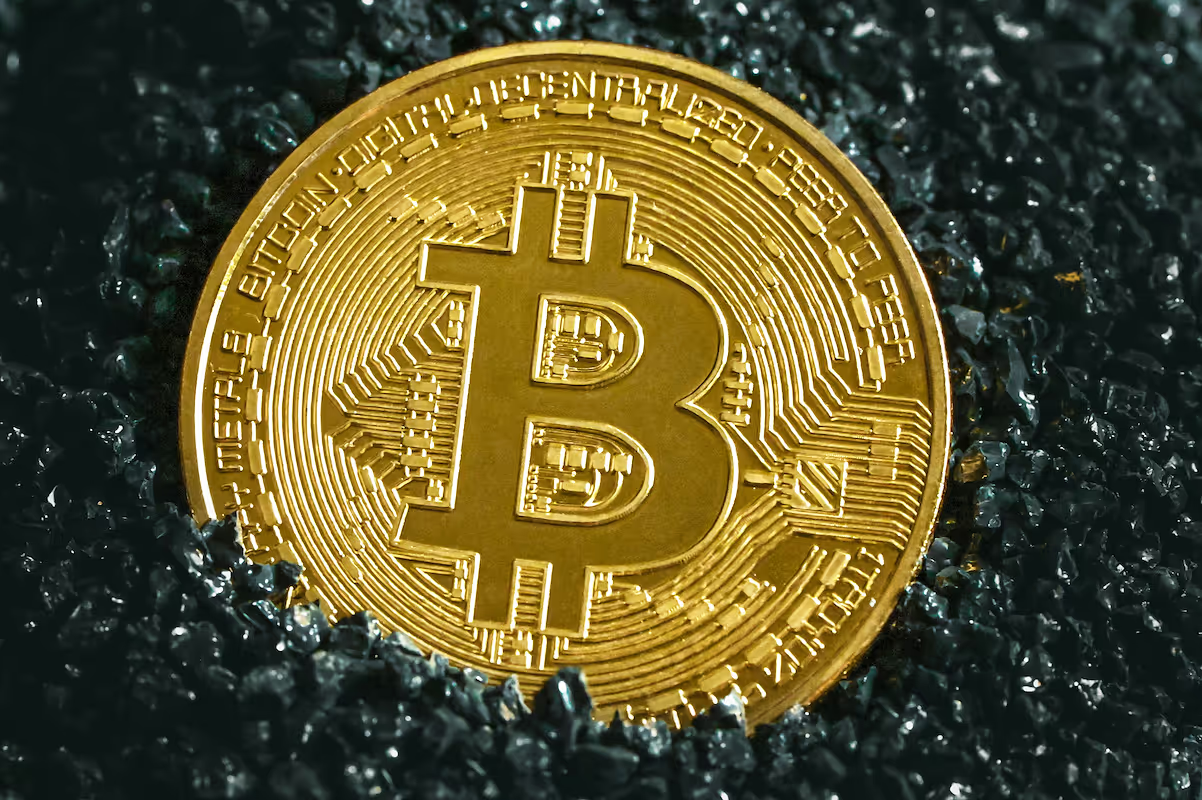Key Takeaways
- Proof-of-Work: Miners solve complex computational puzzles to validate transactions and create new blocks.
- Incentives: Successful miners earn rewards of 6.25 new bitcoin for securing the network.
- Network Security: This competitive process secures the blockchain, making it incredibly difficult to alter.
What is Bitcoin Mining?
Bitcoin mining is the backbone of the network, a process where individuals contribute computing power to solve complex mathematical puzzles. This work validates and confirms new transactions, grouping them into "blocks." Once a block is solved, it's added to the public blockchain, creating a permanent and immutable record of all transactions, ensuring the integrity of the entire system.
For their efforts, miners receive a reward in the form of new bitcoin. Currently, this reward is 6.25 BTC per block, an amount designed to halve roughly every four years to control inflation. This economic incentive drives the competition to secure the network, making it extraordinarily difficult and expensive for any malicious actor to disrupt the blockchain's history.
How Bitcoin Mining Works
Bitcoin mining is a competitive race where miners use specialized hardware to find a specific number, or "nonce." This process, known as Proof-of-Work, involves hashing a block's data until a valid solution is found. The first miner to solve the puzzle broadcasts their block to the network for verification by other nodes.
- Hashing: A function that converts transaction data into a fixed-size string of characters, creating a block's unique fingerprint.
- Nonce: A "number used once" that miners adjust to change the hash output until it meets the network's target.
- Target: A value set by the network; a valid block hash must be numerically lower than this target to be accepted.
- Difficulty: A network-wide metric that adjusts every 2,016 blocks to ensure a new block is mined approximately every ten minutes.
- Reward: The new bitcoin and transaction fees awarded to the miner who successfully validates a block.
The Role of Bitcoin Mining in the Network
Bitcoin mining performs two foundational jobs for the network. Its primary purpose is to validate transactions and secure the public ledger from tampering. This process confirms the legitimacy of every transaction, preventing fraud like double-spending.
Beyond security, mining is also the mechanism that creates new bitcoin. This controlled release of currency provides the economic incentive for miners to dedicate their computational power, which in turn keeps the network running and secure.
Bitcoin Mining Rewards and Incentives
Bitcoin mining is driven by a powerful economic model that compensates participants for their work. These rewards are vital for introducing new coins and motivating miners to maintain network security. This system aligns individual financial interests with the blockchain's overall health.
- Block Reward: The main prize of 6.25 BTC for the miner who solves a new block.
- Transaction Fees: Extra income from users for including their transactions in a block.
- Halving: An event that cuts the block reward in half roughly every four years to manage supply.
- Network Security: The outcome of these incentives, as miners compete to protect the ledger for profit.
Environmental Impact of Bitcoin Mining
Bitcoin's Proof-of-Work consensus requires immense computational power, leading to significant energy consumption. This has ignited a global debate about its environmental sustainability and long-term viability, with strong arguments on both sides of the issue.
- Consumption: The network's energy use is comparable to that of small nations, drawing criticism for its carbon emissions.
- Renewables: Many mining operations are shifting to green energy sources, like hydro and solar power, to reduce their impact.
- E-Waste: Specialized mining hardware quickly becomes obsolete, creating a considerable amount of electronic waste.
- Innovation: Mining can promote the use of stranded energy, such as capturing flared gas from oil fields that would otherwise be wasted.
Future Trends in Bitcoin Mining
The bitcoin mining industry is constantly adapting to new economic and technological pressures. As the network matures, miners are seeking greater efficiency and sustainability to stay competitive. The coming years will likely see significant shifts in how mining operations are powered and structured.
- Energy: A growing focus on renewable sources and stranded energy to lower operational costs and environmental footprint.
- Hardware: Development of more powerful and energy-efficient ASIC chips to keep pace with network difficulty.
- Regulation: Increased government oversight and policy-making shaping the geographic distribution of mining activities.
Bitcoin Mining: The Foundation for the Lightning Network
Bitcoin mining provides the fundamental security layer for the Lightning Network. While Lightning facilitates instant, low-cost payments off-chain, its integrity is anchored to the main blockchain. Opening and closing payment channels are standard Bitcoin transactions that must be validated and added to a block by miners. This Proof-of-Work process guarantees that all Lightning channel states are ultimately settled and secured on the immutable public ledger, making the main chain the final court of appeal for all off-chain activity.
Join The Money Grid
You can join this new financial frontier with platforms like Lightspark, which builds its global payment network directly on Bitcoin’s secure foundation. By using native Bitcoin and the Lightning Network, their infrastructure allows money to move instantly and at low cost, demonstrating what is possible when payments are built on the security that mining provides.


